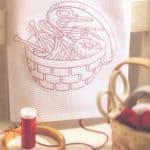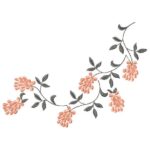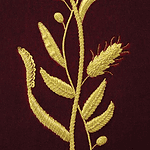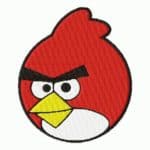Machine embroidery in the United States
Machine embroidery is one of the most popular types of needlework in the United States. It has become popular because of its efficiency and ability to create intricate and beautiful patterns. In this article, we will look at the history of machine embroidery in the United States, its development and its impact on modern culture.
The history of machine embroidery in the United States began in the late 19th century, when sewing machines began to be used to create patterns on fabrics. In the early 20th century, special machines for machine embroidery were invented to speed up the process and improve the quality of work.
In the 1930s, machine embroidery became widely used in the production of clothing, home textiles and accessories. At this time, large companies specializing in machine embroidery were established, such as Brother, Janome and Singer.
Machine embroidery continued to evolve in the post-war period, becoming more accessible and popular. In the 1960s, new technologies such as computerized embroidery and embroidery on knitwear were developed.
Today, machine embroidery in the United States continues to evolve and improve. Companies involved in this type of needlework offer a wide range of products and services, from simple embroidery machines to sophisticated computerized systems. Machine embroidery is used in a variety of industries, including apparel, home textiles, car covers, and more.
Machine embroidery in the United States has had a significant impact on American culture. It has come to symbolize craftsmanship and creativity, and it has also contributed to the development of the country’s textile industry. Today, machine embroidery remains a popular and sought-after craft that continues to evolve and adapt to modern market needs.

Machine embroidery in the United States
Machine embroidery in the United States Machine embroidery is one of the most popular types of needlework in the United States. It has become popular…

Embroidery for beginners
What you need to start embroidery now. The basic equipment required for embroidery is minimal; as with many other sewing crafts, all that is necessary…

Buzzing in the meadow-embroidery project
Buzzing in the meadow-embroidery project Indulge a little you- time to master essential embroidery stitches and recreate this sweet bummblebee scene. Designer Georgie K….








